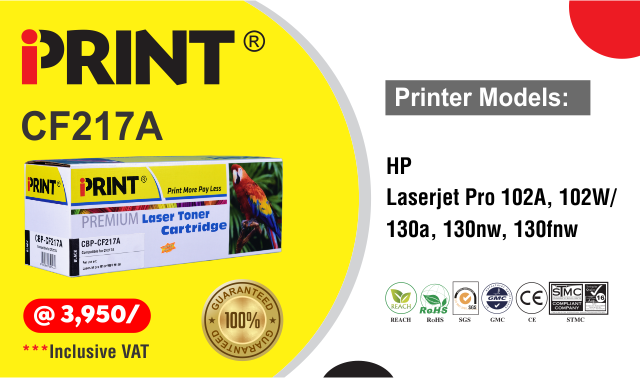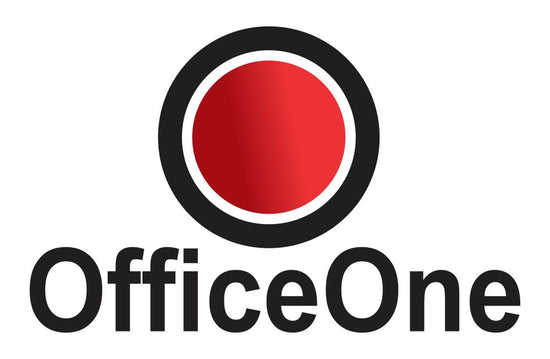THE TRUTH ABOUT COMPATIBLE TONER VS OEM TONER

Your printer is one of those things that you only notice when it stops working properly. A line up forms, you hear whispers throughout the office referencing strange lights and warning messages. Arguably the most frequent printer problem you'll encounter is that it will be out of toner. The fix is easy: simply replace the toner in the printer. However, the toner itself is a bit more complicated. When it comes to toner, you have choices: do you purchase the OEM toner, or go with a cheaper compatible toner? What's the difference? To answer that, first you need to know what toner is.
WHAT IS TONER?
While many people believe ink and toner are roughly the same thing, the reality is that they're quite different. Although their purpose is the same, their make-up and functionality are completely unique. While ink is liquid that is sprayed on the print, toner is powder that relies on static electricity and a fuser to print onto paper. Essentially, the static electricity draws the toner to the printer drum, then the fuser melts the toner onto the page.
Not all toners are created equal. As with many products on the market, you have a choice between OEM and compatible alternatives.

OEM TONER
An OEM, or Original Equipment Manufacturer, toner is one that's manufactured by the company that developed your printer. For example, if you have an HP printer, the OEM toner would also be created by HP. Generally, you'll find OEM toners are a bit more expensive, but they're also the most precise and most capable of producing the best quality print your printer can create. In addition, the fail rate is generally lower and it's less likely you'll end up with a toner malfunction in your printer.
COMPATIBLE TONER
A compatible toner is the generic alternative to the OEM toner. While all OEM toners for your printer are virtually identical due to the high standard of quality control, generic toner quality varies widely, depending on the remanufacturing process and brand.
Although both OEM and compatible toner cartridges are tested in the equipment they will be used in, they may not function to the same standards set by the printer manufacturer. Corners can be cut in the production and testing of some compatible toner cartridges so they can win on price. Saving money up front to purchase compatible toners can affect the quality, print volume per cartridge and fail rate if you don’t select your vendor carefully.
THE DIFFERENCES
Most OEM toner cartridges are either patented or copyrighted to work with a particular machine. Due to this copyright, the compatible toners must use a slightly different design .
THE COMPATIBLE TONER ADVANTAGE
The main benefit of choosing a compatible toner is that it's cheaper. However, there can be a difference between price and value. A Compatible toner will generally provide you with more yield and last longer and is covered by manufacturer’s warranty.
THE OEM TONER DISADVANTAGE
The only downside to OEM toner is that it comes with a higher price tag – though it may be offset by the lifespan of the toner itself.
COMPATIBLE TONER VS. OEM TONER
Compatible toner can have its place; choosing an option from a reputable print provider will better ensure you receive the results you are looking for at an affordable cost.
- Janet Ronoh



Comments 0